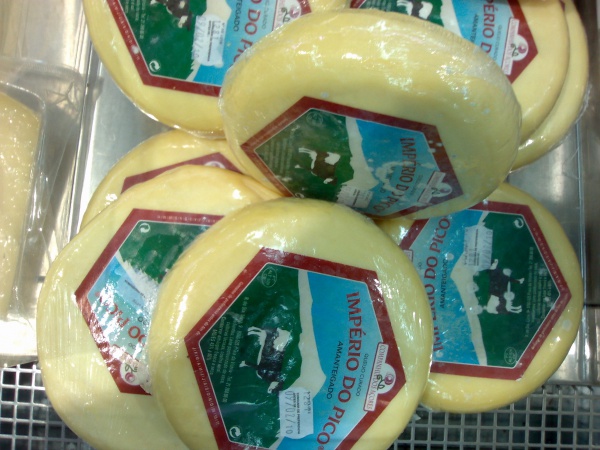Facts About Queijo do Pico
Queijo do Pico, or Cheese of Pico, is a distinctive cheese originating from the island of Pico in the Azores, Portugal. Recognized as a "Denomination of Protected Origin" by the European Union since October 1996, this cheese enjoys special status and protection due to its regional importance.
The precise origins of Queijo do Pico remain somewhat obscure, but it has been produced since at least the late 18th century. The traditional methods of making this cheese have been meticulously preserved and handed down through generations.
What sets this cheese apart? It is crafted from cow's milk and undergoes a slow coagulation process lasting between 20 to 30 days. The cheese is then formed into cylinders approximately 16 to 17 centimeters in diameter and 2 to 3 centimeters in height, with each piece weighing between 650 and 800 grams.
Queijo do Pico is a rich cheese, boasting a fat content that ranges from 45% to 49%. As it matures, it develops a yellow, irregular crust, while the interior remains yellowish-white, soft, and pasty. It has a distinctive salty flavor and a robust aroma that cheese aficionados find irresistible.
